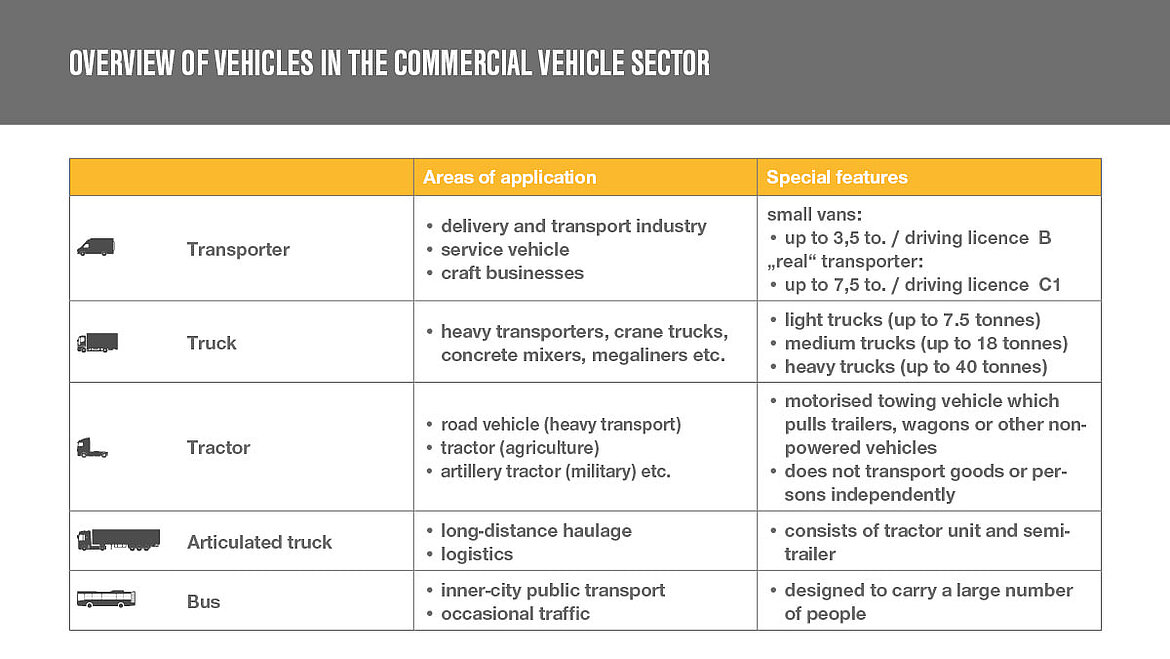Commercial tradesmen usually need vans to deliver furniture or transport tools and other utensils. Buses or coaches are used to transport large numbers of people and trucks are used to transport goods from A to B. These three different vehicle types have one thing in common: They are commercial vehicles. We will show you the different types of commercial vehicle and where they are used. We also provide you with the most important commercial vehicle key figures.
Use of commercial vehicle sector
According to the German Federal Motor Transport Authority (KBA), commercial vehicles are vehicles that are designed and equipped to transport people, transport loads and goods and/or tow trailer vehicles. They are mainly used in the commercial, official or agricultural sector. However, commercial vehicles are also used by the police, German Federal Agency for Technical Reliefand fire brigade. Commercial vehicles are used for passenger transport in local public transport in the form of buses or articulated buses. Commercial companies often use minibuses. We have summarised an overview of all bus types for you here.
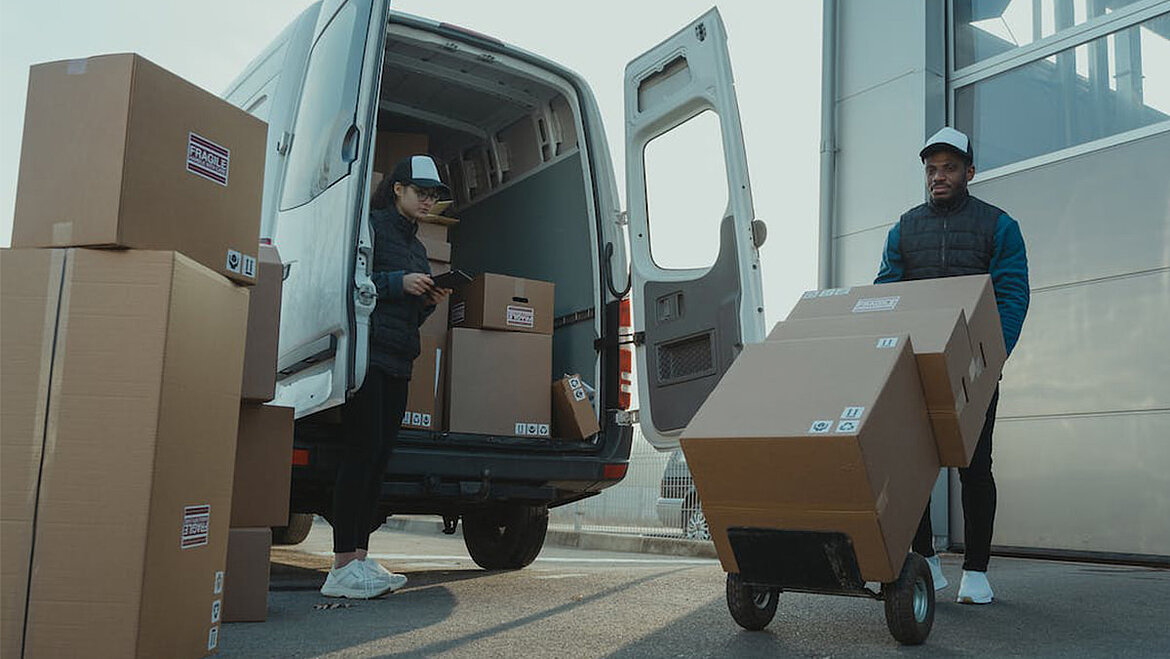
Commercial vehicles for the transport of loads and goods are, for example, panel vans, vans, trucks, articulated trucks or tractors. Light commercial vehicles are often used by tradesmen for transporting materials or for mail delivery. Commercial vehicles based on trucks are needed for the transport of heavy goods.
Commercial vehicles for emergency services include equipment and rescue vehicles, ambulances and crew transport vehicles. Commercial vehicles are also used in construction and agriculture. Here they are used in the form of forklifts, tractors, excavators or combine harvesters, to name just a few examples.
Types of commercial vehicles
Commercial vehicles are divided into five different types. In the following, we will go into the individual points in more detail:
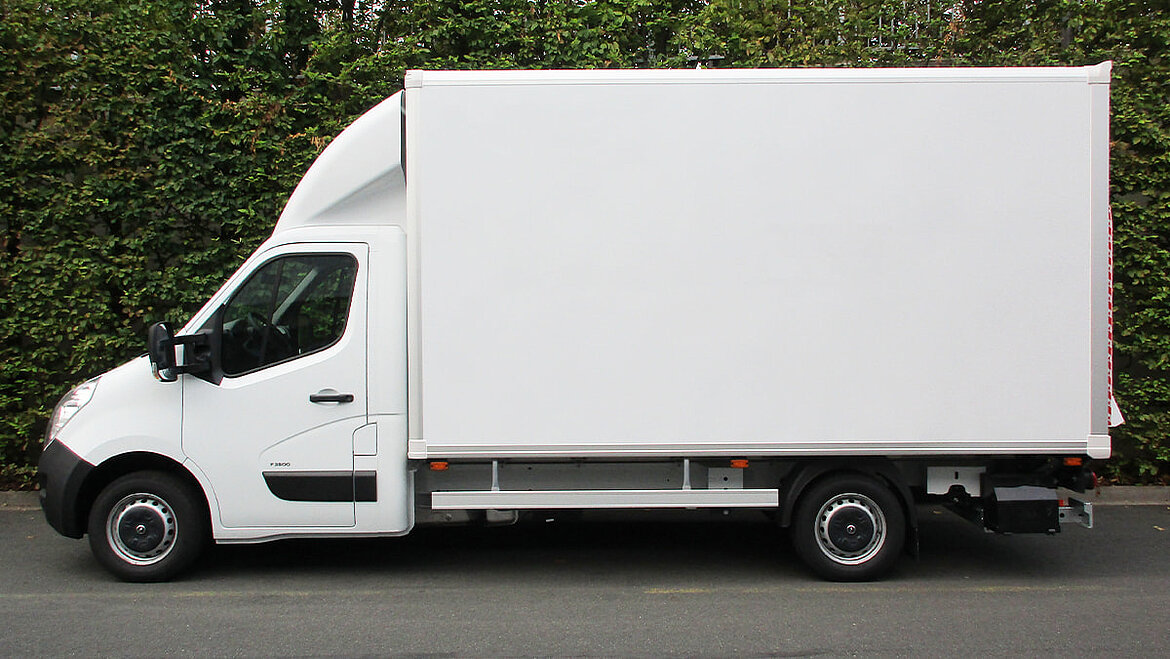
Transporter
Commercial vehicles with a permissible total weight of up to 3.5 tonnes are referred to as vans. These may be driven with a class B driving licence, i.e. a normal car driving licence. The payload here varies between 0.5 and 1.5 tonnes. “True” vans are those with a permissible total weight of up to 7.5 tonnes. This requires a category C1 driving licence, i.e. a small truck driving licence.
In this case, it is also necessary to operate a tachograph. The maximum payload here is 3.5 tonnes. In contrast to trucks, vans and vans are significantly more manoeuvrable and also more compact.
Thanks to their box body, which is either fitted with a platform body or as a panel van, these vehicles are used primarily in the delivery and transport industry, as customer service and service vehicles and, above all, in trades to transport employees, materials and tools.
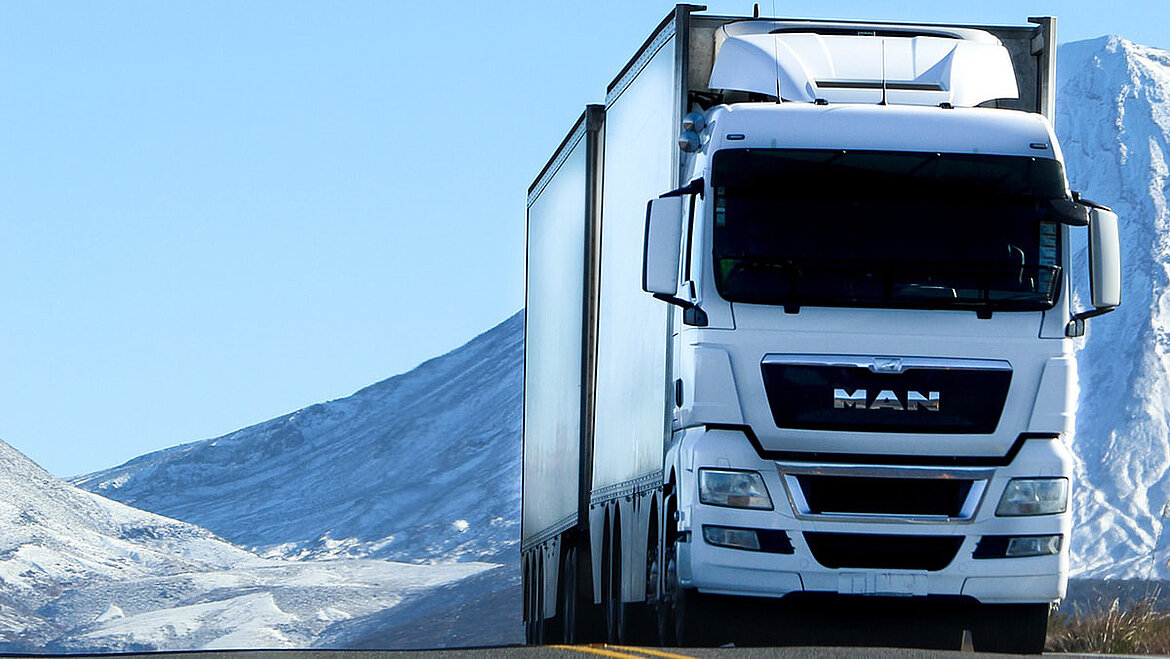
Truck
Due to their design, construction and equipment, trucks are not intended for the transport of people, but exclusively for the transport of loads and goods. If this commercial vehicle is used in combination with a trailer, it is referred to as a juggernaut or road train. The truck is usually made up of a ladder frame, a suitable drive train, a driver’s cab and a body designed to carry loads and cargo.
A distinction is made between light (up to 7.5 tonnes), medium (up to 18 tonnes) and heavy trucks (up to 40 tonnes). Various bodies also enable individual transport of goods and cargo.
A distinction is made here between flatbed, i.e. a flat loading surface and walls made of tarpaulin or side walls, box body, i.e. a closed box with fixed doors and side walls and tank and silo body, i.e. tanks for transporting fuel or foodstuffs. Trucks can be used in countless applications, including as auto, refrigerated, container or heavy-duty transporters, as crane trucks, concrete mixers, megaliners or tippers, to name just a few examples.
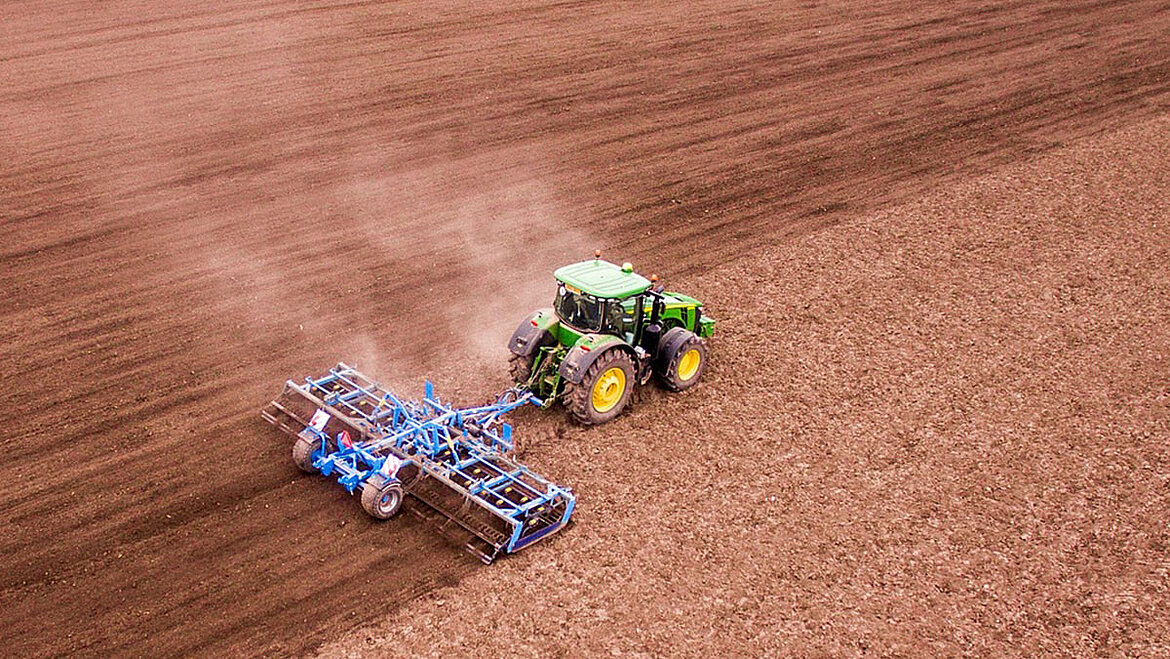
Tractor
Tractors are powered towing vehicles designed to tow wagons, trailers, low loader trailers, agricultural attachments or non-powered vehicles. In contrast to trucks, the tractor does not transport people or goods independently. The tractor is used as a road vehicle for heavy goods transport, as well as a terminal tractor in ports and logistics centres and also by exhibitors, among others. Tractors are primarily used as tractors in agriculture and forestry. The military also uses this type of commercial vehicle as an artillery tractor or for tank transport.
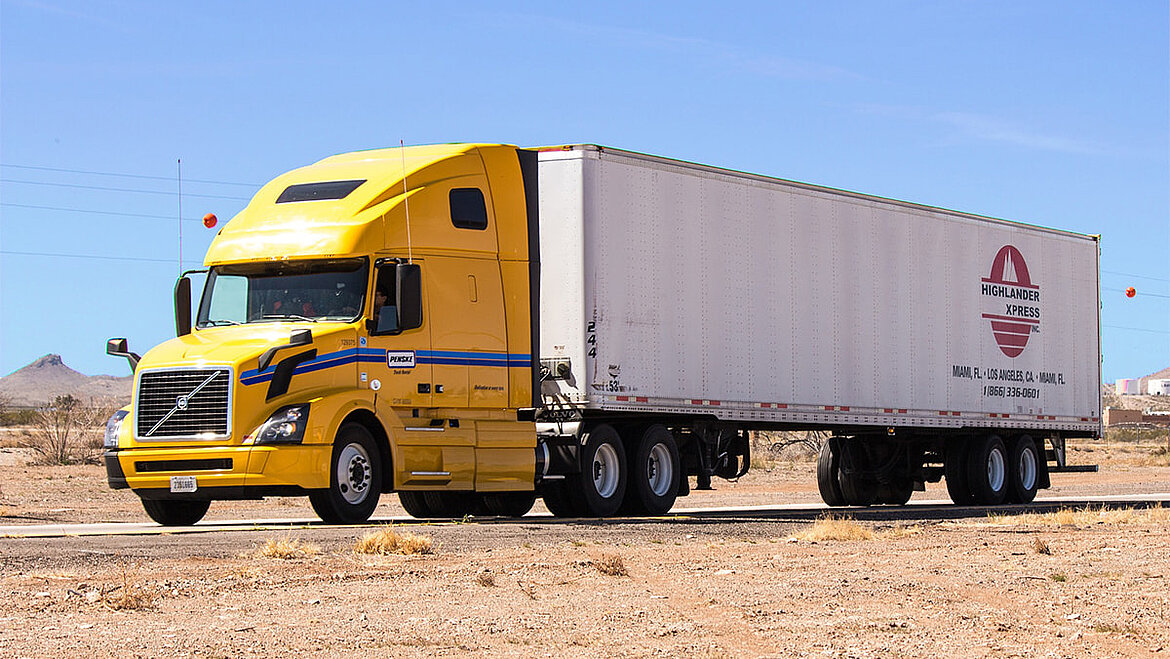
Articulated lorry
In Germany, the tractor-trailer combination is officially called an articulated truck. It belongs to the category of trucks and consists of a tractor and a trailer, also known as a semitrailer. The semi-trailer tractor is the front part of the articulated truck, which can also be driven without the semi-trailer, which in turn represents the rear axle, whereupon the respective goods or loads are transported.
Since articulated trucks are not as manoeuvrable as trucks, they are mainly used in long-haul transport and logistics. The possible total weight of these commercial vehicles is 44 tonnes, which is why they are used to transport particularly heavy goods.
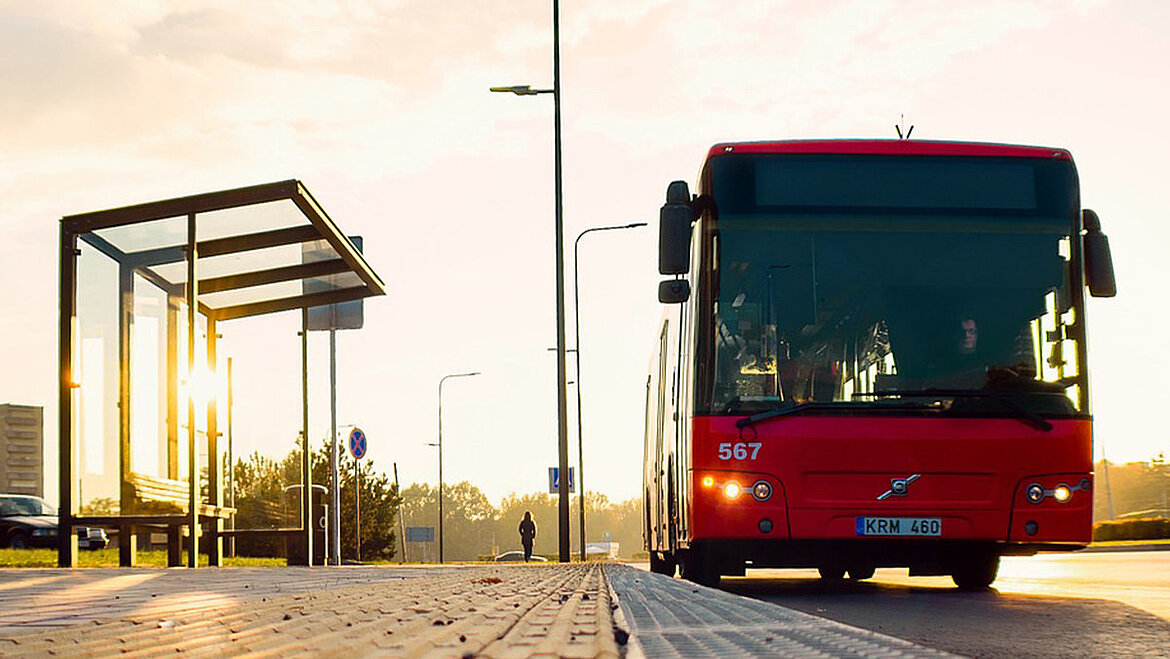
Bus
Bus is the abbreviation of omnibus (Latin: “for everyone”). Unlike trucks, for example, this commercial vehicle is designed to carry a large number of people. Buses are used as public transport, both in local (local public transport) and long-distance transport. There are a range of applications.
City buses, for example, are designed for regular inner-city transport, as are articulated buses, minibuses and midibuses. Coaches or Nightliners are designed for long-haul transport and longer journeys and are therefore also fitted with different equipment. We have summarised the details of the respective bus types for you here.
Total weight, payload and the advantage of GRP
Due to the large number of different types of commercial vehicle, the permissible total weight and thus also the maximum payload differs depending on the vehicle. In principle, the following terms must always be observed in the commercial vehicle industry:
- Unladen weight: Weight of the vehicle without payload. However, the minimum equipment required for driving is included in the unladen weight, i.e. a driver weighing 75 kilogrammes, liquids such as fuel and utensils such as a warning triangle or first-aid kit, etc.
- Permissible total weight: This is made up of the unladen weight and permissible payload.
- Maximum payload: The difference between the permissible total weight and the unladen weight is the maximum permissible payload.
- Axle load: The weight that may be loaded on the front and rear axles.
- Trailer load: Maximum permissible load which a motor vehicle may tow behind it by means of a trailer.
The low weight combined with high stability makes fibre-reinforced plastics suitable for all fields of application, such as roof and wall cladding as well as the floor. Whether for trucks, vans or buses, LAMILUX Composites offers products in all sizes to support the vehicle in the daily delivery of goods or people. Weather resistance, robustness, durability and high tensile and flexural strength play a major role in the roof of a commercial vehicle. Our favourite composites for roof applications is LAMILUX Woven Roving Gelcoat. We recommend LAMILUX Super Plus Gelcoat & LAMILUX HG4000 for the exterior side walls. This not only saves weight. Other important characteristics include good mechanical performance, weather resistance, a glossy surface and easy cleaning.
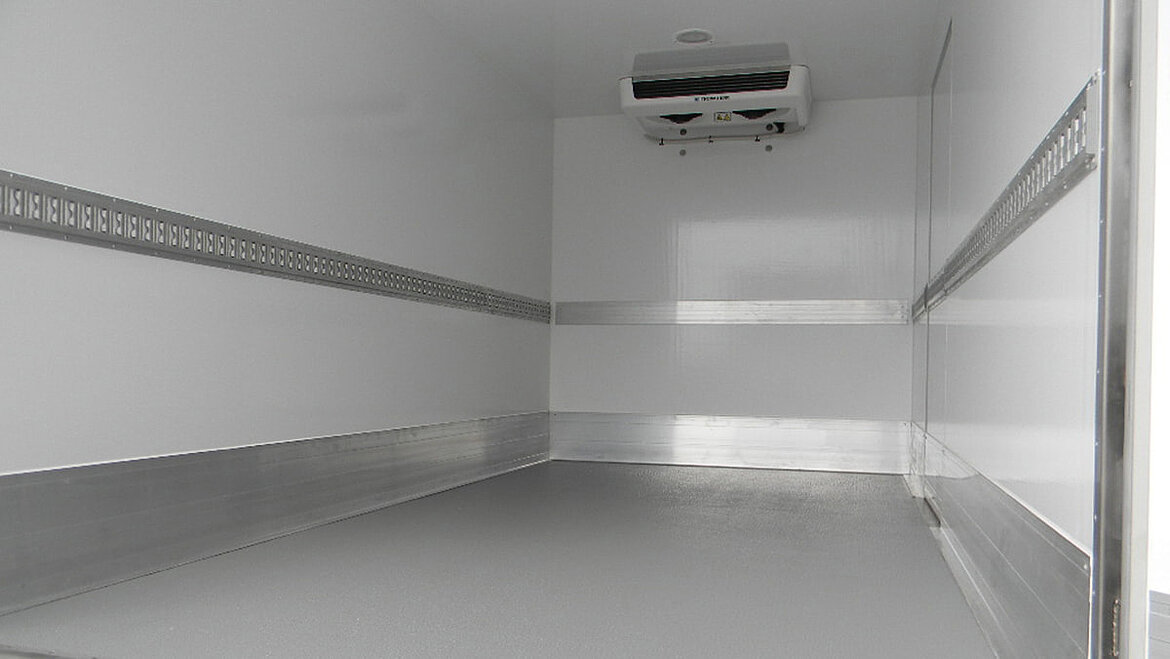
Hygiene is paramount for the interior of refrigerated and food transporters. LAMILUX has the solution to this problem - a fibre-reinforced plastic with a special nanosilver surface that kills germs within just a few hours. LAMILUX AntiBac provides an antibacterial effect in the interior of commercial vehicles. Another favourite for the interior side wall is LAMILUX High Impact. This product features impressive impact strength and high resistance to frontal impact loads.
We recommend LAMILUX Anti Slip for floor applications in commercial vehicles
Delivering people and goods to their destination intact
Commercial vehicles are used to transport goods and people or tow trailer vehicles. Large vehicles, such as articulated lorries and trucks, have a particularly large load volume and are therefore able to carry a high total load. Small vans and vans, on the other hand, are mainly used by tradesmen or are used in the delivery industry. Buses are used purely for transporting people. In principle, regardless of the area of application – the objective of commercial vehicles is to transport their cargo, whether people or goods, to their destination intact. By processing lightweight materials such as GRP in the commercial vehicle industry, the vehicles can withstand particularly high loads and the cargo is well secured.
